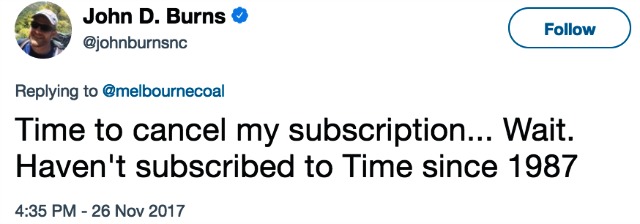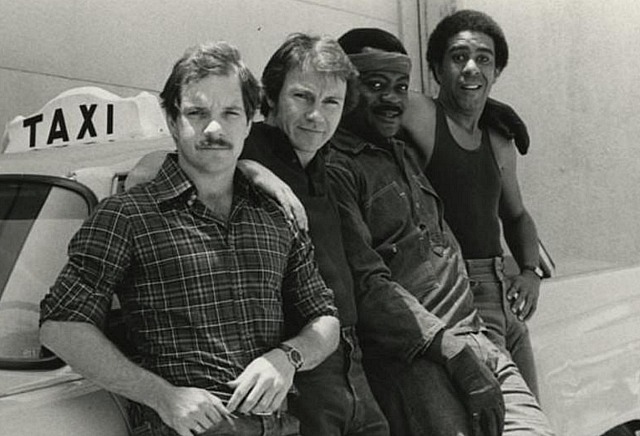Time magazine has been publishing for 94 years. It was a major, highly influential news weekly for…what, a half-century? Time is still respected with a circulation of 3 million plus, but it’s been decreasing in influence since the late ’90s. I have this idea that Time mattered in a necessary, must-read cultural sense in the ’40s, ’50s, ’60s and ’70s, but that’s just something I’ve pulled out of my ass. Maybe it also mattered in the ’80s and early ’90s. I’m mentioning this because Time is all but dead now, having agreed to sell itself to the Meredith Corporation in a deal backed by Charles and David Koch, the billionaire fucktards who aren’t Trump supporters but have otherwise come to represent the worst anti-progressive forces in this country, everything evil and toxic and fossil fuel-y. From N.Y. Times story: Meredith, which publishes popular monthly magazines like Family Circle and Better Homes and Gardens, has arranged for a $600 million cash infusion from the Koch brothers through their private equity arm, Koch Equity Development.”



